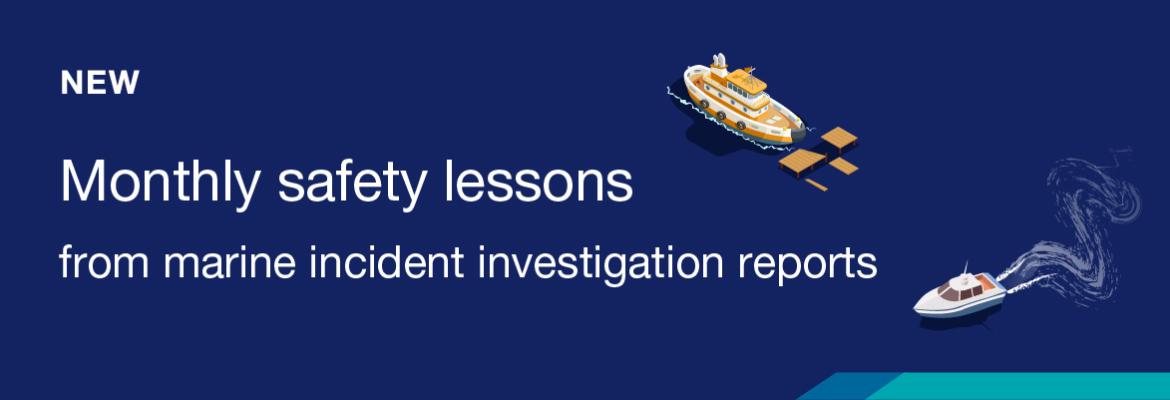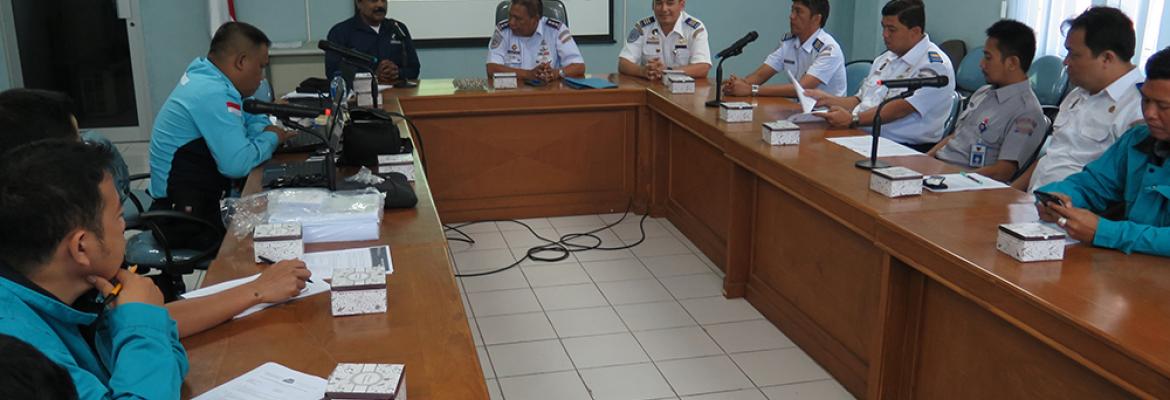Wednesday 20 December 2017
Machinery standards are changing to assist owners of new commercial vessels and those vessels undertaking significant modifications to be consistent with the national system standard. Fire safety standards are also changing so commercial vessels are consistent with current safety standards.

These changes apply to:
- new vessels entering the national system
- vessels undergoing significant modifications to their machinery systems.
Machinery standards in Part C5A of the National Standard for Commercial Vessels
Changes to the machinery standards include:
- providing a nationally consistent standard for the use of in-board petrol engines on vessels that are less than 7.5 metres long where the total power of all engines is less than or equal to 320kw
- modernising the standard for the length, thickness and securing of a vessel’s tiller and quadrant boss
- moving the published machinery related generic equivalent solutions (GES) into NSCV Part C5A.
For more information read NSCV Part C5A and the Part C5A consultation feedback report (PDF 622.92 KB) PDF622.92 KB.
Fire safety standards in Part C4 of the National Standard for Commercial Vessels
Changes to the fire safety standards:
- clarify when and how 'remote stops' (shut offs) should work in the event of fire—such as how long they need to function in certain temperatures
- clarify which vessel classes are required to have smoke-tight divisions
- align testing requirements for fire dampers and steel fire doors with international standards
- clarify that fire doors constructed of steel or an equivalent material do not need to be tested. This aligns the performance requirements of fire doors with both the High Speed Craft Code
- introduce additional standards for fixed fire systems
- remove the requirement for spill trays to be fitted to freestanding fuel tanks.
For more information read NSCV Part C4 and the Part C4 consultation feedback report (PDF 508.8 KB) PDF508.8 KB.
These changes apply to:
- new vessels entering the national system
- vessels undergoing significant modifications to their machinery systems.
Machinery standards in Part C5A of the National Standard for Commercial Vessels
Changes to the machinery standards include:
- providing a nationally consistent standard for the use of in-board petrol engines on vessels that are less than 7.5 metres long where the total power of all engines is less than or equal to 320kw
- modernising the standard for the length, thickness and securing of a vessel's tiller and quadrant boss
- moving the published machinery related generic equivalent solutions (GES) into NSCV Part C5A.
For more information read NSCV Part C5A and the Part C5A consultation feedback report.
Fire safety standards in Part C4 of the National Standard for Commercial Vessels
Changes to the fire safety standards:
- clarify when and how 'remote stops' (shut offs) should work in the event of fire-such as how long they need to function in certain temperatures
- clarify which vessel classes are required to have smoke-tight divisions
- align testing requirements for fire dampers and steel fire doors with international standards
- clarify that fire doors constructed of steel or an equivalent material do not need to be tested. This aligns the performance requirements of fire doors with both the High Speed Craft Code
- introduce additional standards for fixed fire systems
- remove the requirement for spill trays to be fitted to freestanding fuel tanks.
For more information read NSCV Part C4 and the Part C4 consultation feedback report.

